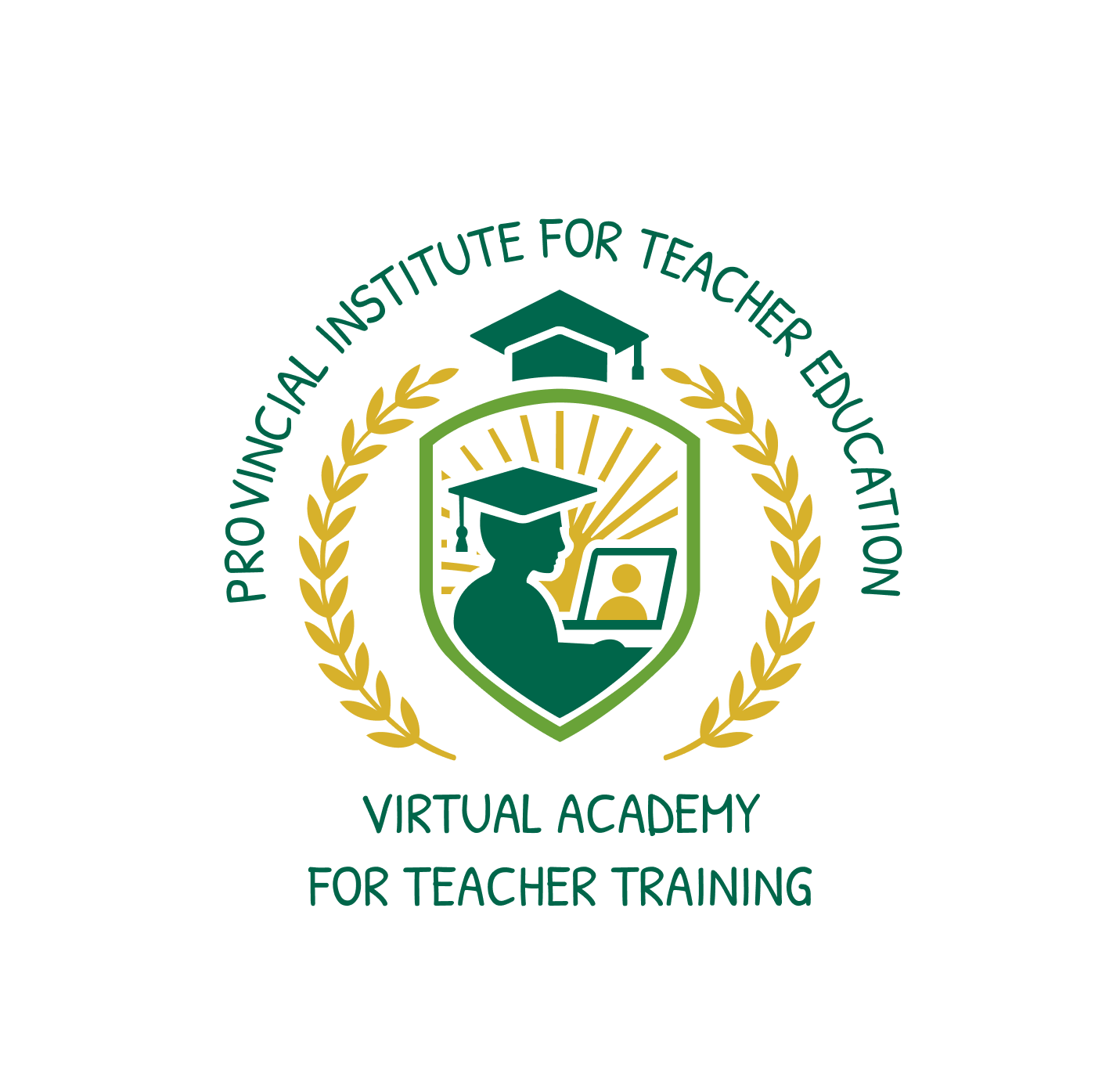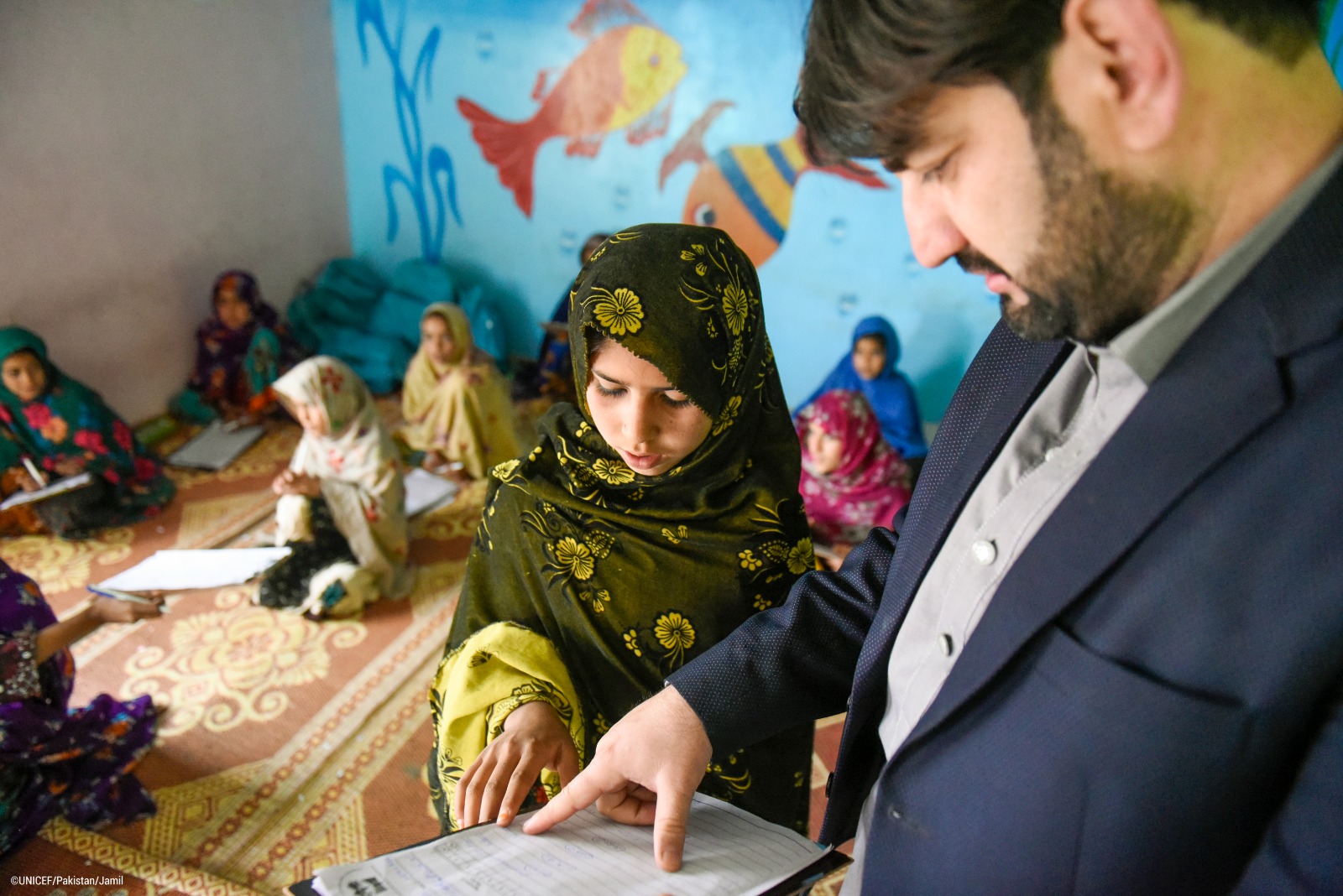Introduction
Balochistan province of Pakistan is the largest and diverse province where delivering quality education becomes challenging due to its nature of remote and rural areas. Dispersed populations, untapped resources, administrative bottle necks have hindered the efficient functioning of schools. In response with the support of unicef, Balochistan government has introduced the School Clustering Framework 2025. A policy driven initiaive aimed at decentralizing school governance, improving resource distribution, and ensuring quality education for all.What is the Balochistan School Clustering Framework?
The Balochistan School Clustering Framework 2025 builds upon the 2014 school clustering model. Initially this frame work focused on the streamlining procurement whereas the new frame work expands on the vision for decentralized approach which includes financial management, teacher rationalization and administrative oversight to improve over all efficiency of the schools management.
The core aim of this framework focusses on the school governance by establishing cluster head schools to oversee the multiple schools in its vicinity.
Cluster head schools will help in strengthening the school governance as it will oversee multiple schools in its vicinity. The Teacher-sharing mechanism will help in solving the unique challenge of Balochistan by deploying teachers. Furthermore, the Early Warning System that identifies at-risk drop out students will be reduced. The bureaucratic delays will be solved by the implementation of devolved budgeting system, also it will help in financial autonomy.
Each school cluster will consist of 10 to 15 schools within an 8 km radius in urban areas and 5-8 km in rural areas, ensuring better accessibility and administrative feasibility.
Balochistan and School Clustering.
Bottlenecks in Balochistan’s education at school level.
- High teacher absenteeism and single-teacher schools that disrupt learning continuity.
- Inefficient fund allocation and bureaucratic delays in resource distribution.
- Limited school monitoring, leading to disparities in education quality.
- High dropout rates due to poor student engagement and financial constraints.
Key Features of the Framework
1. Cluster Head Schools for Better Governance
Each Cluster Head School will be responsible for overseeing administrative, financial, and operational aspects of 10-15 neighboring schools. These Cluster Heads will ensure timely teacher deployment, fund disbursement, and resource allocation while maintaining transparency and accountability.
2. Financial Decentralization
Under the new framework, each cluster will manage its own operational budget, teacher salaries, and procurement funds, ensuring that resources reach schools without unnecessary delays. Local Education Councils (LECs) and Parent-Teacher School Management Committees (PTSMCs) will also play an active role in monitoring financial transactions to prevent mismanagement.
3. Teacher Deployment & Professional Development
A teacher-sharing mechanism will enable teachers to move between schools within their cluster, ensuring that single-teacher schools remain functional. In addition, technology-driven Continuous Professional Development (CPD) programs will be introduced to enhance teacher training and instructional quality.
4. Early Warning System (EWS) for Dropout Prevention
To address high dropout rates, the framework includes an Early Warning System (EWS) that tracks student attendance, academic performance, and behavioral indicators. Schools will intervene early by engaging parents, teachers, and community leaders to support at-risk students and prevent them from leaving school.
5. GIS Mapping for Data-Driven Decisions
A GIS-based school mapping system will help in optimal cluster formation, ensuring equitable resource distribution and better accessibility. Annual reviews will realign clusters based on population growth, student enrollment changes, and new school openings.
Implementation Timeline
The framework is set to be fully operational by December 2025, following a structured implementation plan:
- March – April 2025: Policy development and approval.
- May 2025: Official notification of school clusters.
- June – August 2025: GIS mapping of clusters.
- July – September 2025: Training and capacity-building for education managers & Cluster Heads.
- October – November 2025: Full implementation and monitoring.
- December 2025: Annual cluster review and adjustments based on new data.
- Expected Impact
Once fully implemented, the Balochistan School Clustering Framework 2025 is expected to:
✅ Reduce school closures due to teacher shortages.
✅ Improve financial efficiency through local fund management.
✅ Enhance teacher accountability and performance.
✅ Increase student retention through proactive interventions.
✅ Foster stronger community engagement in school management.
Conclusion
The Balochistan School Clustering Framework 2025 is a transformational step towards achieving an efficient, equitable, and high-performing education system in the province. By decentralizing school management, optimizing teacher deployment, and integrating technology-driven decision-making, this initiative aims to empower local schools to take charge of their governance and improve learning outcomes for thousands of students.
With strong government commitment, active community participation, and robust monitoring mechanisms, this framework has the potential to revolutionize education in Balochistan, ensuring that every child, regardless of location, receives quality education and a brighter future.


